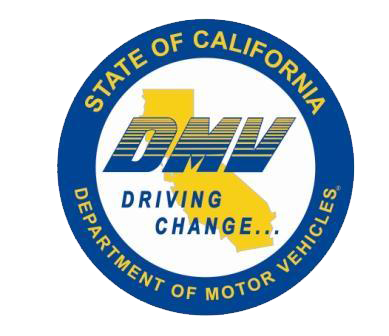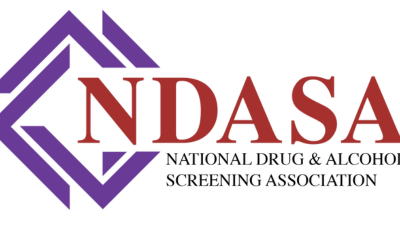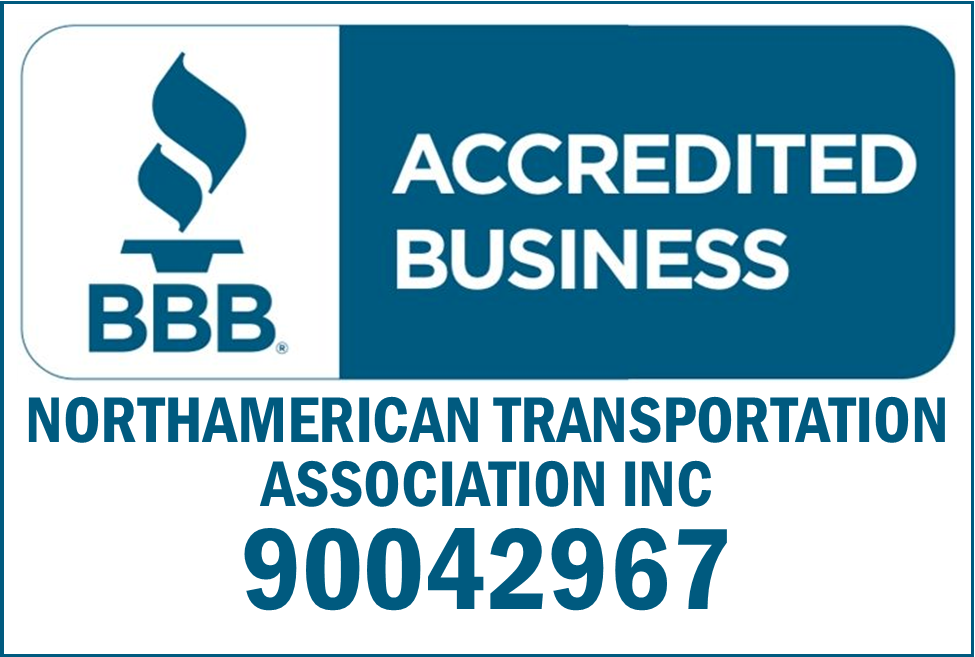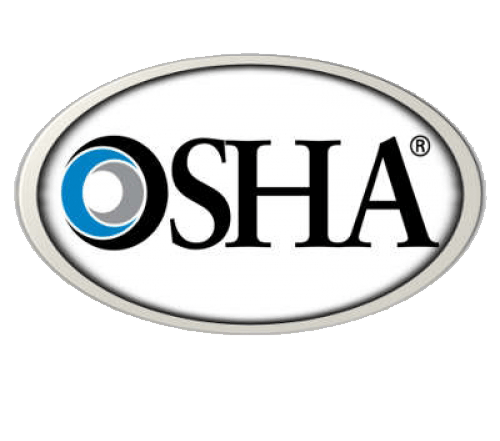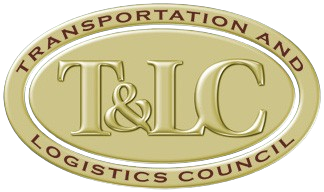Will Broker Negligence Lawsuits Limit Owner-Operator Opportunities?
Amid all the anxiety over the Supreme Court's denial of the California Trucking Association's case against the state's AB 5 contractor law, how do the Democrats justify putting the estimated 70,000 independent contractors in California out of business.

Now, another high court decision with implications for the owner-operator/broker relationship may have been missed by some in the audience. The case involved decisions by the Ninth Circuit Court of Appeals, and hinged on interpretation of the appropriate application of federal law, specifically the Federal Aviation Administration Authorization Act, or FAAAA.
The suit involved a decision in a Nevada district court appealed to the Ninth Circuit against large broker C.H. Robinson after a 2016 crash that involved a carrier hauling a Costco load brokered by C.H. Robinson. The Ninth Circuit sent that case back to the district court after it had argued that C.H. Robinson was shielded from liability claims for the crash by the FAAAA. C.H. Robinson appealed the decision up the chain to the Supreme Court, yet denial of the petition to rehear means the decision will stand and the case will proceed at the district level.
At issue is whether brokers should be held liable via private action for the safety outcomes of the motor carriers they utilize. In this particular crash case, plaintiffs allege the motor carrier showed out-of-service rates above the national average in the FMCSA's CSA Safety Measurement System, likewise adverse inspections/violations in the various measurement categories there. C.H. Robinson's "negligent selection," then, of this carrier, the argument went, made them liable for damages.
The case holds significance for brokers, obviously, given the rise in post-crash litigation, sometimes known as nuclear verdicts. There could be a feeling of “epicaricacy”, which means getting the pleasure at another's misfortune, -- It's about time brokers took some responsibility for their mistakes. Yet this case I'd wager holds importance, too, for owner-operators' ability to easily do business with a broker, generally speaking.
Depending on how the risk of liability develops, a further chilling effect on brokers' willingness to contract with any small carrier showing negative violation information in the CSA SMS's various BASIC categories, or negative percentile rankings via any of the many private services that re-create the old "CSA Scores" in those categories, could exponentially grow.
This is exactly why motor carriers need to review their CSA SMS scores on a weekly or monthly basis
The chilling effect could extend to other scenarios for otherwise newer carriers, too. In this story last week about the rash of double-brokering by entities impersonating carriers/brokers and/or, as the case may be, bad actors duly authorized and insured/bonded as carriers/brokers set up in the federal system for the express purpose of executing double-brokering schemes, a broker noted a common theme among carriers he suspected of it: no inspections or violations recorded in the CSA SMS.
Here is a reality that just because you don't show an inspection doesn't mean you're a bad actor. It is most definitely possible, and in some areas, I'd wager even probable, for a one-truck or other small carrier to go months -- even years -- without a roadside inspection being conducted. I’ve seen ICs running with authority for upward of three plus years now without an inspection, partially attributable to fairly light loads and equipment maintained so well it's obvious to any inspector who sees it roll across the scales. I have talked to several brokers in just the last two weeks who just wouldn't work with an IC simply as a function of his good fortune, perhaps, in avoiding the delay of a roadside inspection.
It wasn't the first time I'd heard of such a policy, but it appears to be on the rise, in this owner-operator's experience. It's becoming an epidemic in the last three months or so. More intense in the past two weeks. It seems like the 'experts' are declaring that no inspection is 100% proof of double brokering.
Yet brokers who operate with such a policy in place ignore roadside reality, given the high variability in inspection intensity throughout the nation, and basic due diligence that can be conducted through motor carriers' insurers, references and more to determine the very real and safe nature of so many, including those with only a short history of operating authority.
As the risk of liability for selection rises, though, I know, and the availability of carriers grows as freight volumes moderate and/or decline with the cycles, it's a broker's easy way out to just to say "no" and move on -- not a good situation for many newly minted authorities out there.
A couple of attorneys from a group that NTA works with were realistic about due diligence for brokers when it comes to the information (or lack thereof) in the federal system, noting liability insurance that freight brokers may carry often prohibits contracting with carriers with a Conditional safety rating or "one or more of the Behavioral Analysis and Safety Improvement Categories (BASICs) in a value above the intervention thresholds." That is, with the old "CSA
Scores" at levels above what FMCSA considers to be high priority for further focused audits or other investigations.
These attorneys commented that there remains a deep divide among industry stakeholders regarding if and how to use such information. Whether to use such data is a company decision that must be maintained with consistency. At the heart of the matter is whether BASIC scores are reliable and whether it is appropriate in the first place for a broker to use such information in its selection policies.
Some crash cases have held that the scores are, in fact, unreliable and not "indicative of motor carrier safety," as they quoted one. As any longtime motor carrier knows, too, Congress pulled the scores from public view on that account all the way back in 2015, a result in part of small carriers' illustration of how the percentile-ranking methodology was stacked against the smallest of the small unlucky enough to have a run of numerous inspections with just a couple-few violations, in some instances.
A patchwork of laws based on individual districts' decisions around the liability for selection, however, is where we are today when it comes to brokers. And for an industry whose participants can traverse the entire nation in just a few days, that patchwork is what the FAAAA was in part designed to help eliminate. When you're looking at a patchwork like that, though, a business is faced with a choice: take the risk of the worst potential outcome applying to them, or eliminate that worst outcome with internal policy.
As this point, the C.H. Robinson case isn't the first such negligence suit, nor will it be the last. As with independent contractor classification rules, crash litigation against carriers themselves, and so much more, the patchwork approach is becoming the norm, likely to the detriment of all involved, owner-operators and opportunities to haul included.
Content Disclaimer: Due to the constantly changing nature of government regulations, it is impossible to guarantee the total and absolute accuracy of the material contained herein or presented. NorthAmerican Transportation Association (NTA) cannot and does not assume any responsibility for omissions, errors, misprinting or ambiguity contained. NTA shall not be held liable in any degree for any loss, damage or injury caused by any such omission, error, misprinting or ambiguity present. It is made available with the understanding that NTA is not engaged in rendering legal, accounting or other professional service. If legal advice or other expert service is required, the services of such a professional should be sought.



